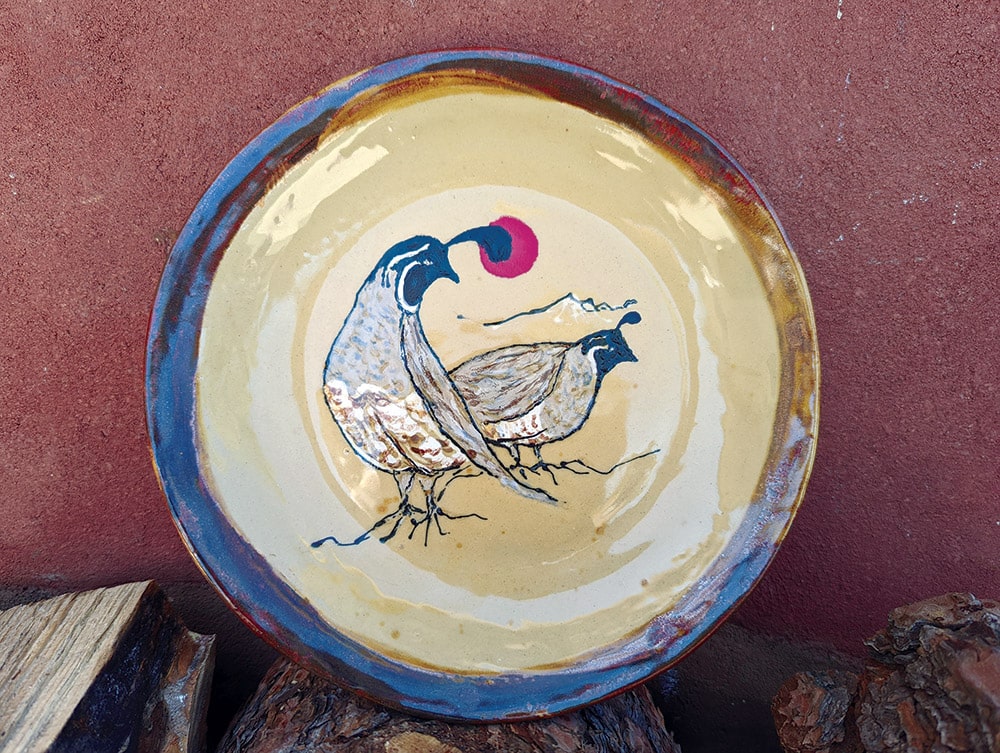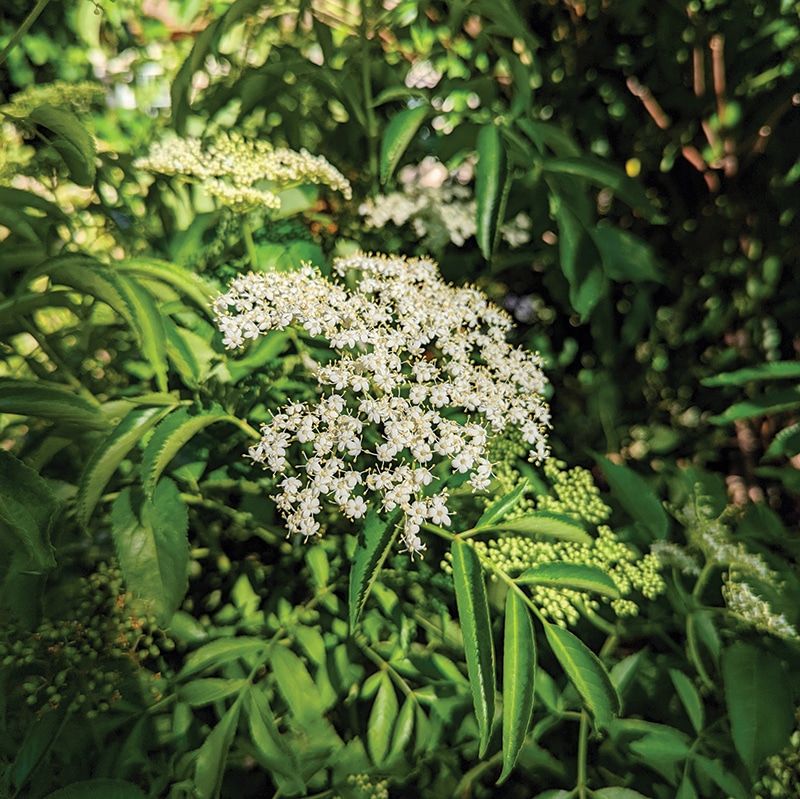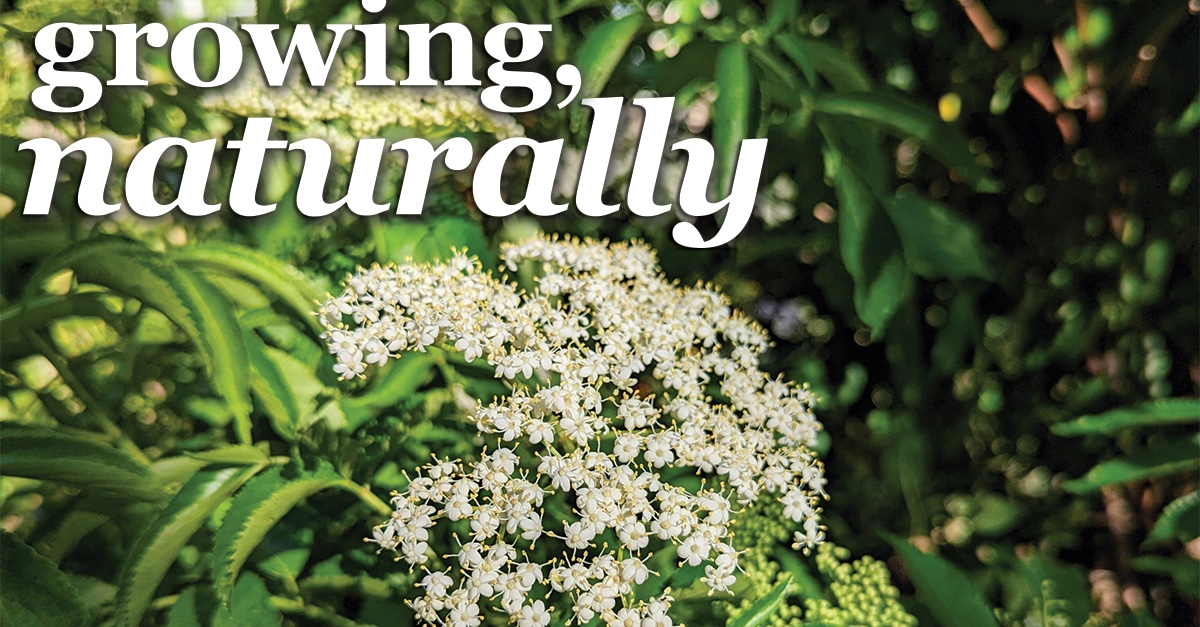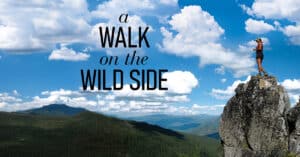Growing Naturally
Clary Rose Farms in Fort Jones…
At Clary Rose Farms in Fort Jones, the mother-daughter duo of Katherine and Monica Chaplin have spent the last decade building a truly unique business centered around the intersection of farming, food and art. Organic in all senses of the word, they’ve evolved to include everything from herbs and animals to pottery and earthen building on the farm.“We came here in 2011 wanting to help with the local food movement here in Scott Valley. Our goal was to start building a community that enabled farmers, growers and crafters to be able to make money in the local economy,” explains Katherine Chaplin.
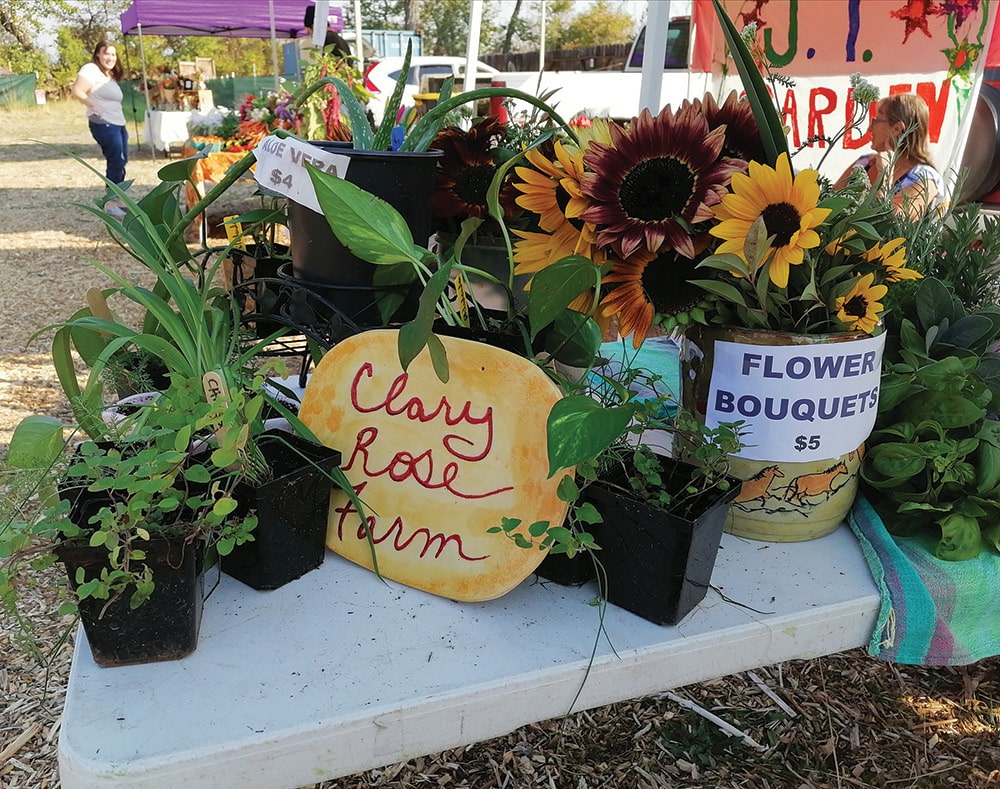
This desire helped lead to the formation of the Etna Farmers Market as well as the on-site development of the farm itself, which now features several unique adobe and cob structures, as well as a pottery studio that produces one-of-a-kind pottery. “Monica started out as a natural builder, building houses out of clay. And so, when we got here, we thought, ‘What projects are we going to do?’ Our vision was to have workshops here where we could share knowledge so one of the first things we did was build a cob oven. It turned out to be incredible and encourage a lot of people locally to build their own earthen ovens. But once you do one earth building project, you have to do another. Eventually this drove us to pottery, which is basically creating art from the earth.”
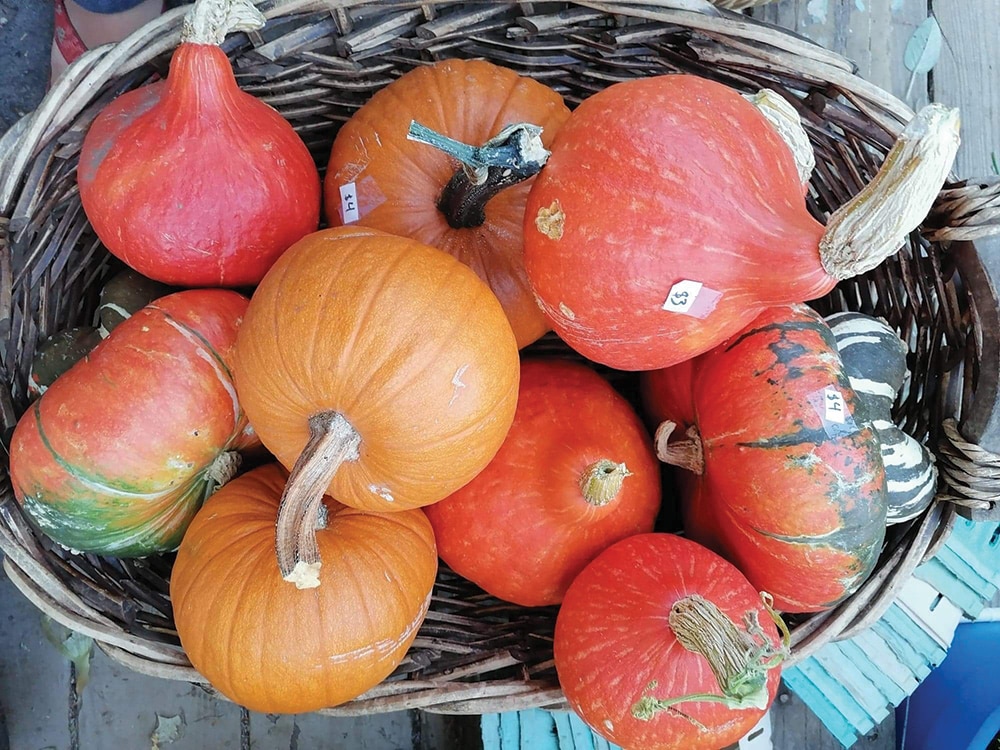
The name “Clary Rose” comes from a combination of middle names. “My middle name is Rose and Monica’s middle name is Claire. It’s also the name of an herb,” Katherine says. The duo started making perfume together about 15 years ago before purchasing the historic Marlahan Ranch. ”We got started on the farm in 2011 and the pottery started about six years ago,” Chaplin explains. Herbs are still one of the many things grown on the garden, along with a variety of fruit, vegetables and flowers. “The grapes and the raspberries have done well here, so those are some of our mainstays in the summer. We also have a salsa garden, peppers, tomatillos, tomatoes and eggplants. It’s been a lot of adapting and figuring out what people really want and what’s reasonable to grow in this climate that doesn’t take so much water that it’s not worth growing. For instance, we don’t grow string beans because they take so much water.” Monica adds, “It’s also about finding things that grow naturally and just want to grow in abundance. Lemon balm, lavender, rosemary and sage are all things that have done well and come back each year. That means we don’t have to worry about the planting every year, so a lot of the upfront labor costs kind of get dealt with. That helps with how much labor you’re going to put in each season.”
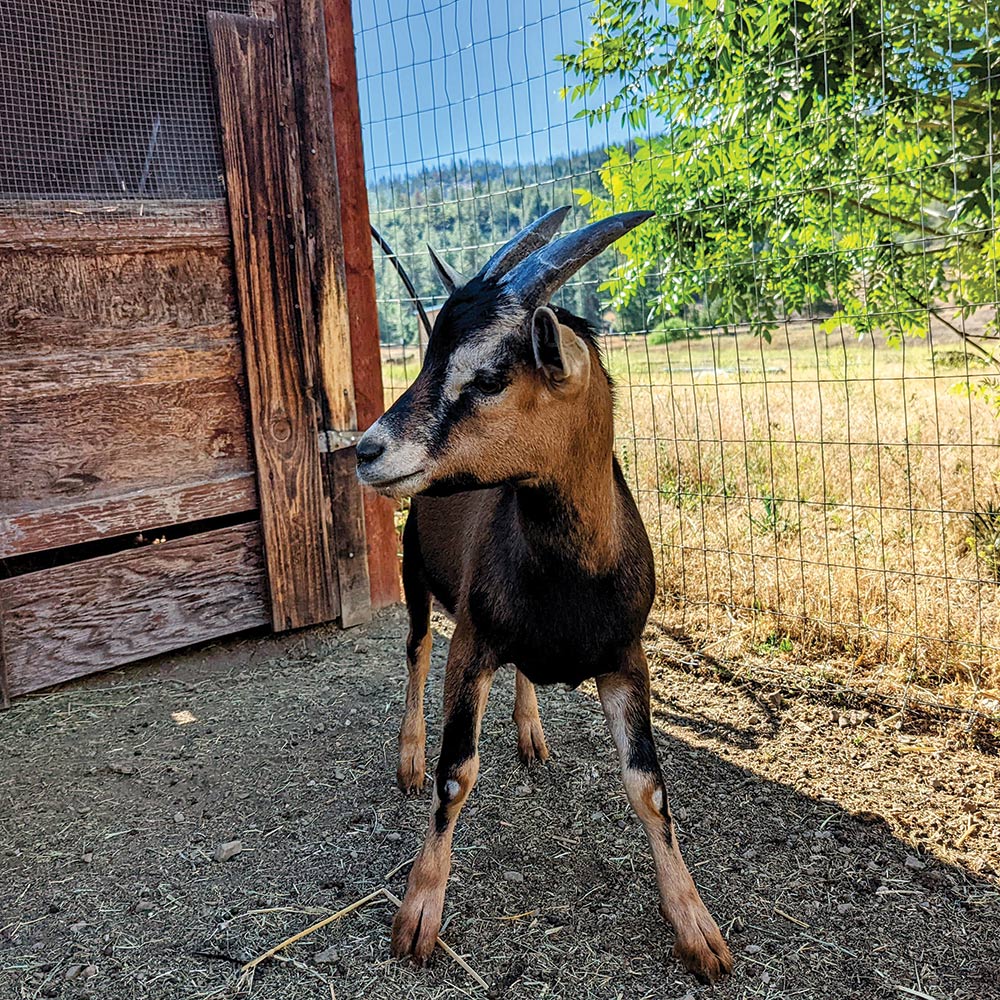
The evolving nature of the farm has created an oasis that is inviting to birds and people alike. “I see the garden as a work of art and so everything has to look pretty,” Katherine says. “We don’t grow long rows of the same thing and it’s all very organic looking and a little bit overgrown. A Virgo would have a hard time in the garden because there aren’t perfect rows with bark trails.” The pottery studio is also attached to a passive solar chicken house, which Monica describes in detail. “We decided to build this chicken coop when we first moved here because there was such a shortage of food for the bears that they came down and wiped out all the chicken coops nearby. So, we built these walls that are almost two feet thick of straw and cob. And then it just kind of morphed into a greenhouse and then a pottery studio.”

Faced with drought and COVID for the last two years, mother and daughter have had to adapt themselves, pivoting to some offerings online, as well as investigating new types of farming. They speak over each other with excitement as they describe their research. “We’ve been looking into dry land farming like in the Middle East and how they create these incredible gardens with less water than we have. One of the things we learned is that they don’t do raised beds. They dig a big ditch and then they’ll plant a lot of different layers into that so all the water flows down into the lower part, which is obviously what water does naturally.” But it’s Katherine who sums up the whole endeavor concisely. “We’re experimenting all the time. A lot of times everything just totally goes belly up, but sometimes it turns out better than expected. There are a lot of mistakes, but it’s always a learning experience. Just like everything, right? But, I can say it keeps things interesting.” •
To learn about where to purchase produce or pottery, visit the Etna farmers market on Saturdays throughout the summer or email
Clary Rose at claryrosepottery@gmail.com
